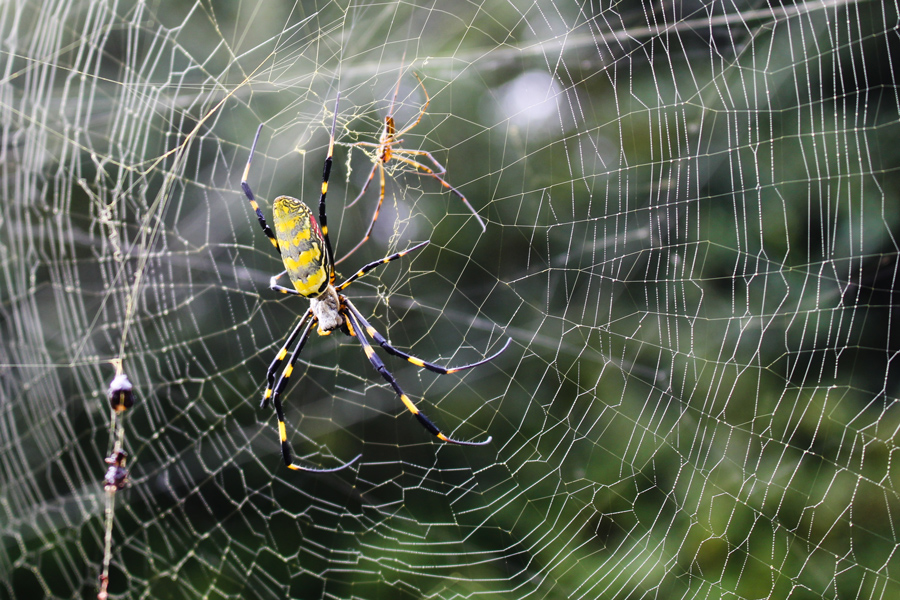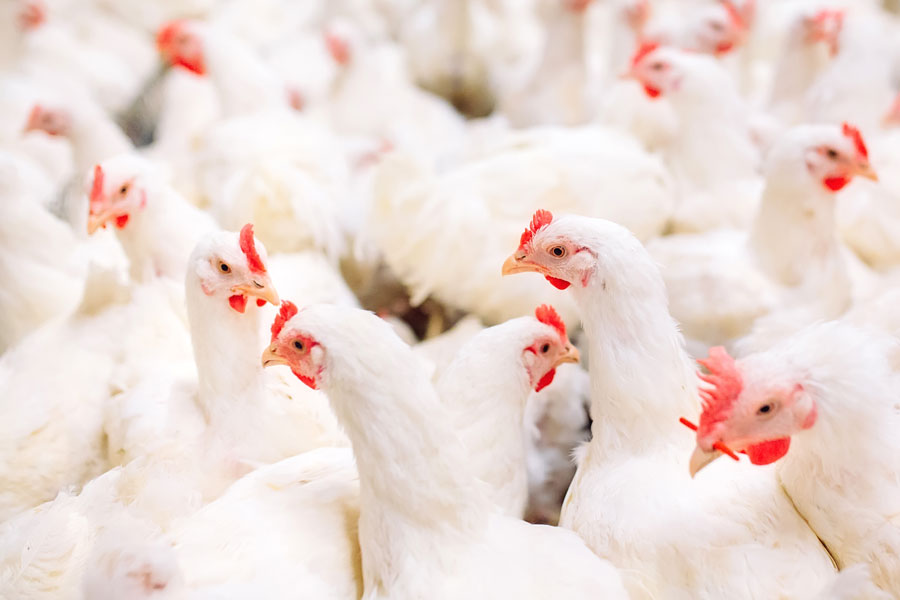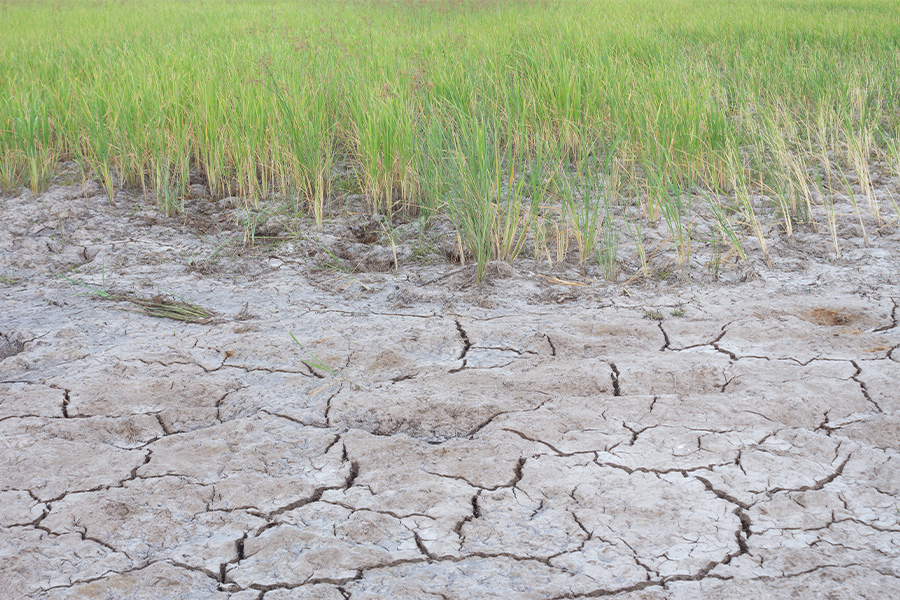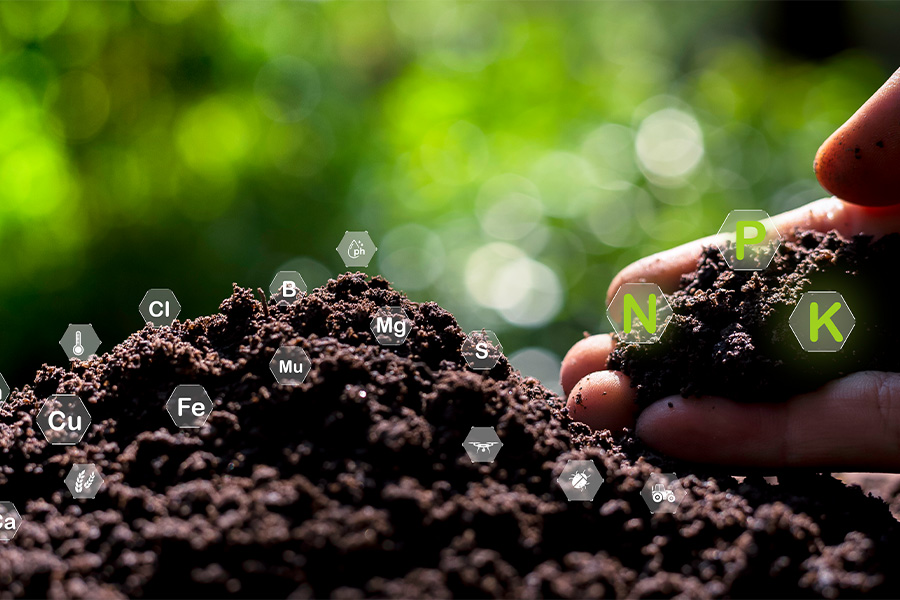General Agriculture
-

The Joro spider is native to East Asia and was first detected in Georgia in 2014. It is found in Georgia, North Carolina, South Carolina, and Tennessee, and is spreading to adjacent regions. It has one generation per year in its native range.
Adult females become sexually mature in September and early October. The female’s body is bright yellow with broad, horizontal bluish-green bands on the top side of the abdomen, and large red markings on the bottom side of the abdomen. She also has long, black legs with yellow-orange bands or—rarely—all black legs. Adult males mature by late August. The male’s cephalothorax is light brown with two dark brown long bands on both sides. His abdomen is elongate-oval with a greenish-brown topside that has two yellowish long stripes on both sides of the dark brown middle line.
Are Joros disrupting the ecosystem and displacing native species? This is a big question that a newly formed team of scientists is working on. However, we also need your help. The first thing we need to know is where Joro spiders are. Use the Joro Watch website (https://jorowatch.org) or the EDDMapS app to submit observations from parks, forests, and even your own yard. Fill out the report form and, if you can, count how many Joro spiders you see and upload pictures.
William Hudson, Rebekah Wallace, Jason Schmidt, Richard Hoebeke, and Edward Hoebeke
|
-

This publication discusses the proper calibration methods sprayers and other liquid applicators.
Paul Sumner, Gary Hawkins, and Michael Bader
|
-

In commercial poultry houses, bird density and distribution in drinking, feeding, and
resting zones are critical factors for evaluating flock productivity, bird health, and well-being. Proper distribution of chickens in the house greatly influences animal well-being and house environmental management. Currently, routine daily inspection of broiler flock distribution in commercial grow-out houses is done manually, which is labor-intensive and time-consuming. UGA poultry science researchers currently are developing an automated imaging system for monitoring floor distribution of chickens.Ongoing studies are focusing on detection of individual chickens with different gait scores in the research facility. It’s challenging to track individual birds with early health or welfare concerns using a computer vison-based method, but it is necessary and critical for producers to identify birds with well-being concerns and address those issues quickly.
Samuel Aggrey, Casey Ritz, Todd Applegate, Lilong Chai, and Adelumola Oladeinde
|
-

This biennial publication contains the proceedings of the turfgrass field day carried out at the UGA Griffin campus every other year; 2022 was the first field day since the 2018 field day because of the COVID-19 pandemic. The guide provides professionals with continuous, real-time access to the latest up-to-date information about turfgrass research studies, products, and turfgrass Extension activities, programs, and outreach. Topics will include, but are not limited to: crop and soil science, agronomy, weed science, plant pathology, entomology, economics, tissue culture, urban agriculture, irrigation, and student posters.
Freddie Waltz, Shimat Joseph, David Jespersen, and Bochra Bahri
|
-

The purpose of this guide is to help users identify insects, spiders and mites that are beneficial to the garden. Such beneficials help manage pests that can damage plants. Tips to conserve and protect beneficials are also included.
Susan Braman
|
-

C 1077
Cover Crop Biomass Sampling
Cover crops are one of the most important practices that farmers can use to improve their soils and the sustainability of their production system. Knowing how much biomass there is in a field is a critical piece of information for cover crop management. Part 1 of this circular provides a step-by-step guide to taking a sample that will be representative of your field. Part 2 provides additional steps for preparing a fresh cover crop sample to send to the Agricultural and Environmental Services Laboratory so it can be analyzed to determine nitrogen availability to the following crop. Equation examples and data sheets are also provided in order to help users calculate necessary information for submission using the given formulas.
Julia Gaskin, Dennis Hancock, and Uttam Saha
|
-

The University of Georgia Agricultural and Environmental Services Laboratories offer soil salinity testing to help farmers and the general public diagnose and manage problems associated with soil salinity. By definition, a saline soil contains excess soluble salts that reduce the growth of most crops or ornamental plants. This publication discusses soil salinity testing, data interpretation and recommendations, specifically those pertaining to the University of Georgia.
David Kissel, Uttam Saha, and Leticia Sonon
|
-

Cation exchange capacity (CEC) is a measure of the total negative charges within the soil that adsorb plant nutrient cations such as calcium (Ca2+), magnesium (Mg2+) and potassium (K+). As such, the CEC is a property of a soil that describes its capacity to supply nutrient cations to the soil solution for plant uptake.
Uttam Saha
|
-

Variety selection is one of the biggest decisions and investments cotton growers make each year. In 2010, the UGA Extension Cotton Agronomists implemented the UGA On-Farm Cotton Variety Evaluation Program to assist in this decision. Varieties are evaluated across a wide range of environments in the cotton producing regions of Georgia in cooperation with county agents and industry partners. The implementation of this program has made a tremendous impact on variety selection from year to year, and it will continue to have the same impact in the future.
R. Black, John Elsner, Robert Rogers, Lavesta Hand, and Chandler Rowe
|